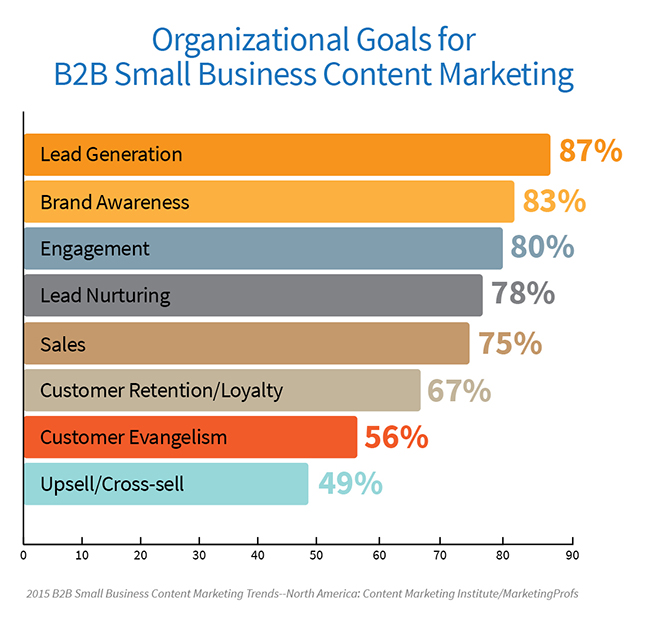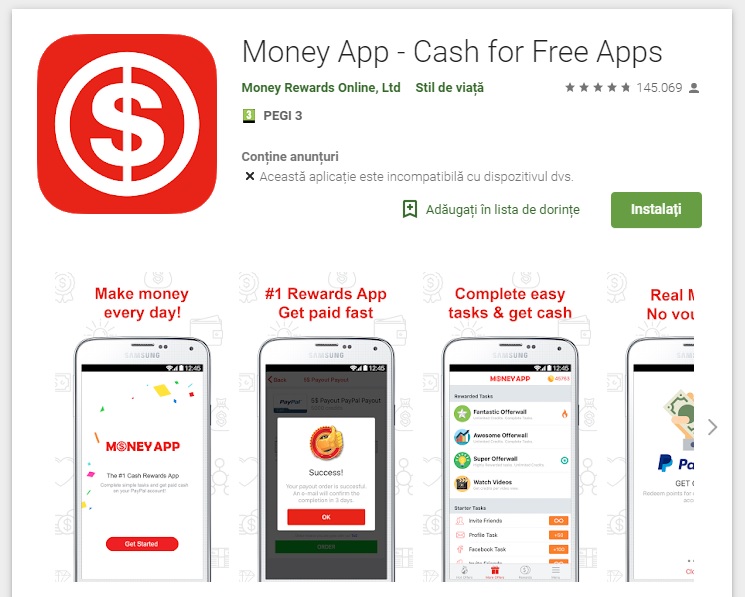
You have decided to build your own digital marketing strategy. What's next? Well, this article will walk you through the various steps of the process, from choosing your channel to researching your audience. This article will also help you to create a customer path and split test a strategy. Once you have this information, your brand will know if it is working. If you don't, you're not alone. There are many businesses that have faced the same question.
Researching your audience
When creating a digital strategy for marketing, it is important to understand your audience. Quantitative research is a way to do this. It involves surveying large numbers of people and then generating statistical data. To create an email marketing campaign targeted at a specific audience, it is important to understand their needs and interests. You can also look at their past purchases to determine their buying habits. This allows you to target your marketing messages to specific audiences.
It is essential to fully understand your audience in order to develop a successful strategy for digital marketing. You won't be able to see their needs and desires without research. Research is a great way to find those issues and then create content that's relevant for them. By doing research, you'll also be able to predict their needs and become more effective in your marketing. Here are some tips on researching your audience.
Interviews: Conducting surveys can help you understand your audience better. Emailing existing customers is a great way to get feedback from them and conducting interviews. These surveys will give you valuable information on what makes your audience tick. Then, you can create your digital marketing strategy accordingly. Not only is it important to research your audience but also to create a compelling marketing campaign. This will help you engage your audience, and increase sales.
Segmentation: This allows you to target your audience by understanding their lifestyle and preferences. Segmentation allows you to communicate more effectively with your target audience and make it easier for them to engage in meaningful ways. Adidas, for example, sent a gender-specific email to its customers, while the clothing company categorised its audience by gender. The vast majority of customers buy jeans and a survey asking them to rate the retailer would yield an average score of 8/10.
Selecting channels
The key to promoting your product/service is choosing the right digital marketing channels. Your primary objectives, target audience and budget should all play a role in your decision. Different channels have different results, so choose wisely and decide what works best for you. Which channels you use will affect the content and format of the ads you share with your target audience. Content marketing is still the king of marketing and will always be relevant, but if you want to reach your audience, there is no doubt that you must take advantage of this technology.

The goals of the business will dictate which channel you choose to use. Your short-term, and long-term goals are important. A long-term goal could be to increase revenue by 20% over the next two years, while a short-term goal might be to generate 400 sales qualified leads within six months or increase website traffic by 70% in eight months. Make sure to identify the short-term and long-term goals of your business so that you can determine which channels will work best for you.
Before you decide which channels to use, make sure to analyze the effectiveness of each of them. Each channel has unique strengths and weaknesses. Determine the types of content that you will need for each channel and its costs. Make sure to use all your available budget before you start using new channels for your digital marketing strategy. If you want to create a buzz-generating campaign, you should use Facebook or Twitter.
Create a customer journey
Customer journey maps are an important part of a digital marketing strategy. These maps show the path a customer takes from decision to action. The customer journey map serves many purposes. For example, it can show the customer's journey from the initial stage of the sales funnel up to the moment when they become lifelong customers. The customer journey map can also help identify where improvements can be made.
A customer journeymap is basically a prospect’s journey from inquiry to purchase. This helps marketers to map the questions prospects ask and the problems they encounter along the way. The higher-funnel stages are aimed at creating awareness and interest, while the final stages are devoted to fostering brand loyalty. This process should begin with awareness, which can occur through social media, word of mouth, search engine suggestions, blogs, SMS, and apps.
After researching and learning about a brand, potential customers begin the information-gathering phase of the customer journey. They don't necessarily know you, but they do know what they want. Customers should be able to make an informed decision during this phase. Additionally, customers can get a free trial period from brands to overcome any last hurdles during their buying journey.
Marketing professionals can create a customer journey map that will allow them to target their ads by understanding what steps customers take in order to purchase a product or service. Each stage should have its own buyer persona. Marketers can adapt their marketing campaigns to meet the goals of each stage by clearly identifying them. Marketers can use a customer journey map to better understand their audience. It will help them identify what motivates each stage in the customer's decision making process.
Split testing your strategy
You can improve your business profitability by using split testing in several aspects of your digital marketing strategy. Split testing can be used to improve headlines, page copy and button text. Images, social sharing buttons, email advertising, call to actions, and social media buttons are just a few examples. Below are some scenarios that you could test. Split testing can be used to determine which marketing strategies will lead to increased sales and profitability. Be sure to choose the correct size sample. Split testing should not be done less than once a month and should have a high confidence rating.
Split testing is a great way to determine whether certain marketing strategies work or not and to identify where you can make adjustments to increase their effectiveness. Split testing also allows you to see if your online advertising strategy is generating leads, and whether it is bringing in return. Split testing is the process of trying out different versions or parts of a website. Split testing can help you determine whether your website is profitable. You can then make adjustments to your digital marketing strategy once you know which variants are generating more leads.

ClickFunnels' ad library allows you to test 6 different versions one advertisement. Facebook is another excellent place to get split-test ideas. Facebook offers many examples of Facebook ads. You can also copy these to see which ones work best. Split testing is also possible on landing pages. Split testing is also possible on landing pages. For example, moving the CTA lower than the fold increases conversions by 30%, while taking it out of the landing page causes cart abandonment rates decrease by 33%.
Split testing is an essential part of conversion optimization. Splitting traffic into two groups is what splits it. Split testing allows traffic to be split so that half of the traffic sees the control version and half the variant version. In a multivariate test, you divide the traffic into equal segments and show one version of the variant to each group. Split testing is a great way to improve your digital marketing strategy.
Measuring its success
One of the first steps in establishing a successful digital marketing strategy is to measure its results. You can do this through a number of ways, including monitoring the number of visitors who have converted into buyers. Other metrics can be used to measure the effectiveness of a campaign, such as the number of pages viewed. These metrics can be used for determining the success of a campaign based upon its target audience as well as the effectiveness a specific marketing strategy.
In order to measure the success of a digital strategy, it is important to monitor key performance indicators (KPIs), in order for you evaluate the effectiveness of your campaigns. KPIs measure the effectiveness of your marketing teams against a given goal. These targets can either be high-level and low-level. These KPIs are useful in identifying the success of a campaign, as they provide a specific level of accuracy that can be used as a guide for future campaigns.
It is also important to establish goals that will help you measure your digital marketing strategy. What number of visitors did your website receive? Was your website encouraging purchase? Are your email campaigns generating sales? Are you getting new business? What proportion of your visitors bought after you sent an email? These are just examples of what to track to make sure your digital strategy is successful. It all depends on what your objectives are, your goals, and the digital marketing strategy you use.
FAQ
How do I get started with SEO?
SEO is a process that can be used in many ways. The first step is to identify the keywords that you'd like to rank for. This is called "keyword Research". Next, you will need to optimize every website page for the keywords.
Optimizing a website involves adding keywords, descriptions, meta tags, unique page URLs, and linking with other websites. After optimization is complete you need to submit your site to search engines like Google Yahoo! and Bing.
To know if your progress is being made, you will need to keep track.
How often should I update the website?
There are many options for updating your website. One way to make your website more modern is using a CMS, also known as a Content Management System. Here, you can easily edit all of the content on your site without having to touch any code.
Another option is to install a plugin that automatically updates the website. These plugins can be purchased through WordPress stores, or you can install them yourself.
WPtouch, Yoast, and several other plugins are free. The best thing to do is to test different methods and see which works best for you.
How long does it take for SEO to generate traffic?
It usually takes three to four months for traffic generation via SEO. However, there are many variables that can affect the time it takes to generate traffic through SEO.
-
Site content (quality)
-
Backlinks
-
Targeted keywords
-
Competitor rankings etc.
SEMrush gives you a free trial if you are just starting out in SEO. You can monitor all aspects of your SEO campaign with them, including competitor research and backlink profile, top pages and local listings, organic traffic stats, reports and more.
How can I improve my rankings using link building?
Link building is the process that creates high-quality backlinks for your website. It is crucial to make sure the sites linking back to yours are relevant and useful to your business. The better the link, the more authoritative and unique it is.
How Often Do I Need to Update My Website?
Updating your site regularly can improve its rankings. However, it's not always necessary. If you've already created good content, you may not need to update it frequently.
Statistics
- A 62.60% organic traffic boost to that page: (backlinko.com)
- 64% of marketers actively create SEO campaigns because they help hit multiple key performance indicators (KPIs), including increasing traffic, helping your site rank for relevant keywords, improving your conversion rate, and much more. (semrush.com)
- Sean isn't alone… Blogger James Pearson recently axed hundreds of blog posts from his site… and his organic traffic increased by 30%: (backlinko.com)
- If two people in 10 clicks go to your site as a result, that is a 20% CTR. (semrush.com)
- Which led to a 70.43% boost in search engine traffic compared to the old version of the post: (backlinko.com)
External Links
How To
How can I tell if I'm doing SEO well?
There are several ways you can tell whether or not you're doing great SEO:
-
Users should leave your site without clicking anything else if their bounce rate is less than 30%. High bounce rates indicate that your audience isn’t confident in your brand or doesn’t care about what you sell.
-
Visitors visit multiple pages of your website. This shows that they are interested in your site and find something useful.
-
Your conversion rate has improved - your customers are more aware of you product or service, and want to buy it.
-
Your site's average time is increasing. This means that people spend more time looking at your content.
-
This is a good sign that you are doing great SEO.
-
You're getting more shares on social media - this shows that your content is being shared by others and reaching audiences outside your follower base.
-
Forums are receiving more comments - this is a sign that people respond positively and favorably to your work.
-
There's more engagement around your website - more likes, tweets, shares, and likes on posts.
-
Your rank in SERPs keeps increasing, a sign your hard work is paying off.
-
You are getting more leads from your website. This is an indication that people have found you website organically, and are now contacting me.
-
Your sales are rising - this is a sign that people who found your website while searching for your services and products are buying them.
-
Your blog post receives more views/comments which indicates that people find your content informative and useful.
-
Your email list will have more subscribers - this means that people trust your business enough to subscribe to your updates.
-
Sales are rising, which means that people love you and your products to the point that they will pay for them.
-
You have more social media followers, which means that your fans are sharing your content and engaging with you brand.
-
This indicates that journalists are discussing your brand online and you're receiving more PR mentions. This increases your brand awareness and improves your reputation.
-
This means that your brand is being recommended more often.
-
Your customers will keep coming back to your site, which shows that they are satisfied with your work.
-
Your competitors are losing ground. This is because they didn't spend as much on their SEO campaigns, which makes them look bad.
-
Your brand's image changes - this indicates that your brand has gained popularity among a new set of customers.